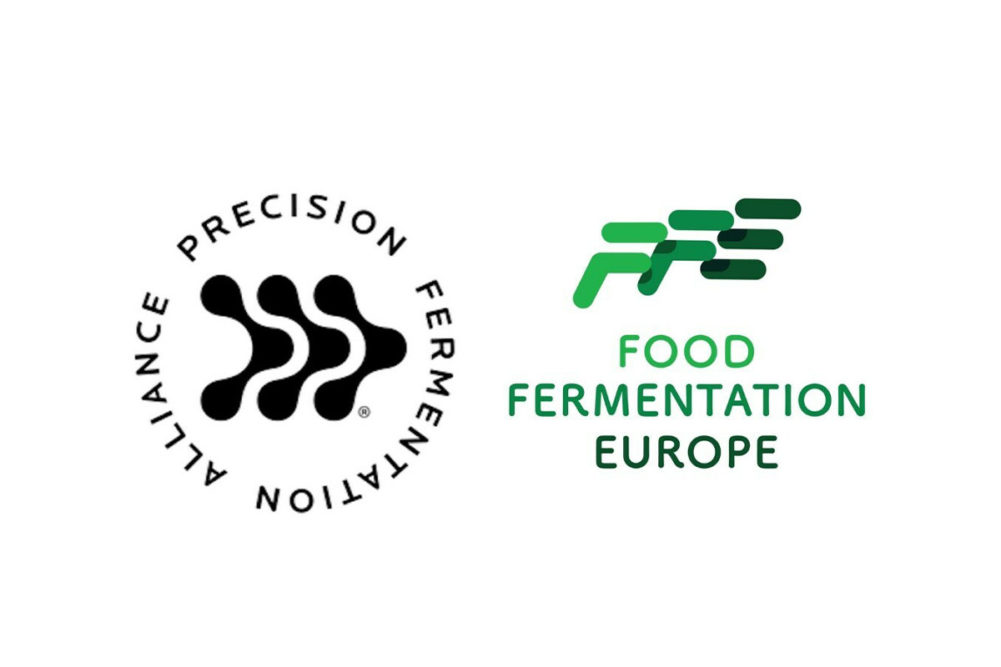WASHINGTON and BRUSSELS — With sustainable, alternative ingredients and proteins proliferating in many markets, including pet food, the Precision Fermentation Alliance (PFA) and Food Fermentation Europe (FFE) revealed a new definition for “precision fermentation.” According to the associations, the collaborative definition aims to provide clarity on the characteristics of precision fermentation and its differentiation from other alternative production techniques.
The finalized definition is, “Precision fermentation combines the process of traditional fermentation with the latest advances in biotechnology to efficiently produce a compound of interest, such as a protein flavor molecule, vitamin, pigment or fat.”
Diving deeper, the PFA and FFE detailed the process of precision fermentation under this new definition. A specific molecular sequence, which is derived from digital databases and not taken directly from plants or animals, is inserted into a microorganism to produce a desired molecule when fermented. Once fermentation is complete, compounds are separated from the microorganisms, leaving behind the desired product.
According to the PFA and FFE, precision fermentation has been used throughout the world for more than 30 years to develop medicines and common food ingredients.
“With so many new food technologies entering the market, we recognized the need to refine and expand the definition of precision fermentation to help educate consumers and food industry stakeholders,” said Irina Gerry, spokesperson of the PFA. “Our collaboration with FFE has resulted in a comprehensive definition that emphasizes the distinctive features of precision fermentation and its applications, as well as draws clear boundaries between precision fermentation and other fermentation-based technologies.”
The new definition also highlights several aspects of precision fermentation, including:
- Using bioengineering, which is not used with traditional or wild fermentation and natural breeding techniques;
- Producing specific compounds, rather than growing an entire cell or biomass that is associated with cell cultivation;
- Sourcing from digital databases, eliminating the need for any animal involvement, which is different from cultivated protein production in which cells are taken from a live animal;
- Filtering compounds, which is different from biomass fermentation in which the entire biomass is the product;
- And leveraging established technology, which, according to the PFA and FFE, has been used safely in food and medicine for decades.
“While some applications of precision fermentation may be new, the technology itself has been safely used in food and medicine like producing insulin for over 30 years,” said Jevan Nagarajah, president of the FFE. “We are excited to contribute to the understanding of precision fermentation and its role in advancing food innovation.”
According to the associations, understanding precision fermentation and providing education on its process are vital to transitioning to more sustainable food systems. In the pet food and treat industry, much work has already begun in this space. For example, biotechnology startup Paleo recently made headway on its myoglobin palatant developed using precision fermentation, and Corbion debuted its new fish oil alternative for pet food created through precision fermentation.
Stay up to date on the latest pet food processing industry headlines on our News page.



